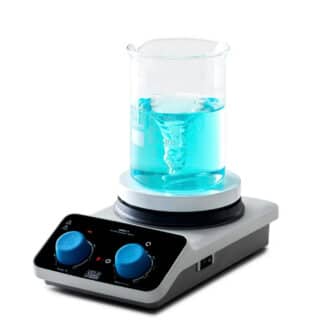Depending on the autoclave you choose, you may need certain accessories. Here are some of the most common:
- Steam generator, if the autoclave does not have one
- Vacuum pump, necessary for certain sterilization processes
- Accessories for loading and unloading the autoclave
- System for filtering the steam released into the environment
- Air-steam mixer, to cool hermetically sealed containers without them opening abruptly under the effect of pressure and to generate back pressure and forced ventilation to reduce the cooling time (by up to 50%) for liquid sterilizations, for example
- System for drying glassware after sterilization
You should also check whether the autoclave needs to undergo a qualification process, particularly in terms of Good Manufacturing Practices. These establish various stages of qualification:
- FAT (Factory Acceptance Test)
- DQ (Design Qualification)
- IQ (Installation Qualification)
- OQ (Operational Qualification)
- PQ (Performance Qualification)
- SAT (Site Acceptance Test)
Each of these phases must be accompanied by specific documentation. If you need help with this process, don’t hesitate to contact your autoclave manufacturer.
Depending on the autoclave you want to buy, make sure it has an adequate electrical system, demineralized water supply, compressed air system, sewage system, and ventilation system (natural or artificial).
Some autoclaves can be connected to a computer or an ethernet network, which makes it possible to generate the documentation needed to monitor the sterilization process.
You should also plan preventive maintenance of the autoclave to minimize the risk of breakdowns.







